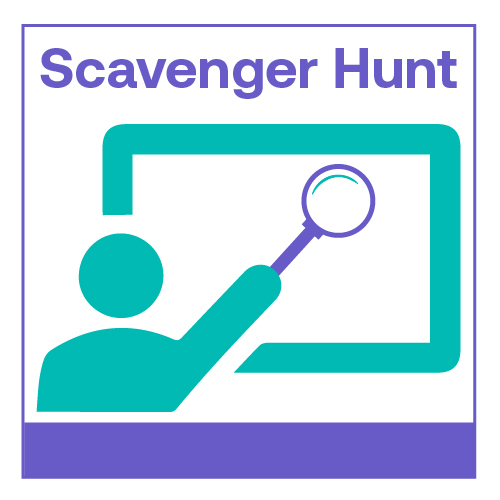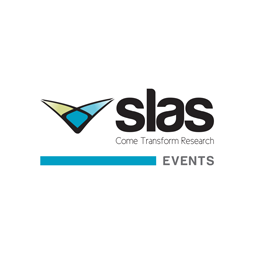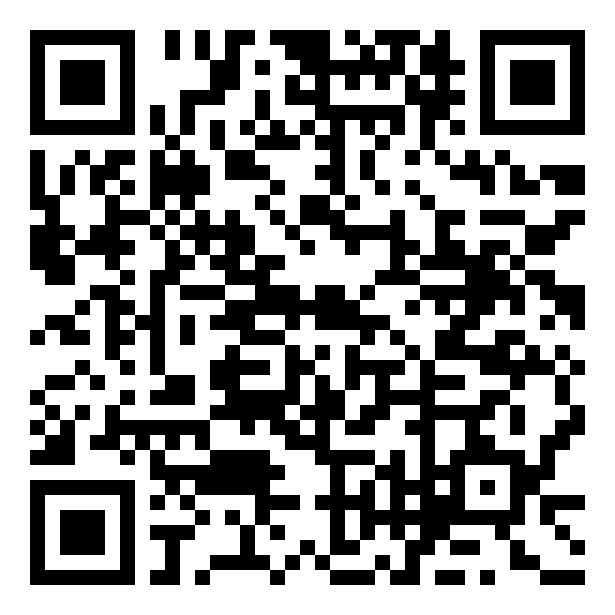Back

 View Leader Board
View Leader Board



Data Science and AI
Iterative Data Mining of a Cell Painting Multiparametric Dataset Allows Rapid Identification of Phenotypes of Interest.
.jpg)
Victor SC Wong, Ph.D.
Chief Scientific Officer
Core Life Analytics
`S-Hertogenbosch, Noord-Brabant, Netherlands
Primary Author - December Poster(s)
Abstract: The advent of high content screening (HCS) created explosive opportunities to measure phenotypic endpoints for target and drug discovery in biological models. HCS allows for the multiplexing of multiple readouts in an in vitro format that is amenable to laboratory automation. Moreover, HCS approaches yield multiparametric data that provides critical insights into mechanisms of action, as well as compound pharmacology and toxicology. However, these large datasets are often analytically overwhelming. This makes HCS assays challenging for biologists with little coding or data science experience, to develop and validate. Here we demonstrate how StratoMineRTM, our online data analytics platform, when combined with Iterative Data Mining, can be used to rapidly gain greater insights into the performance of a HCS drug discovery platform. We used a publicly available LINCS Cell Painting data set from a small molecule screen, in which A549 cells were treated with ~1,500 compounds across 26 plates in dose-response for phenotypic profiling. Extracted numeric features from the screen can be found in the Github repository. A Spearman’s correlation was performed to remove 409 redundant measurements out of a total of 1748. 15 principal components were generated. Unsupervised hit selection based on Euclidean distance score from the negative control yielded 1225 hits. We then refined our hit selection by performing a first iteration of data mining removing 1261 samples associated with toxic phenotypes based on low cell count. This was to prevent bias towards cell death-dominated phenotypes. A second iteration of unsupervised hit selection based on distance from the negative controls, without toxic compounds yielded 1088 hits. We then generated dose response curves for all the compounds in the hit list. For proof of principle we selected two hits AZD2014, an mTOR inhibitor, and YM155, a Survivin inhibitor with effective doses of 3.33 nM and 0.12 nM respectively. Our thirditeration using Euclidean distance scoring identified other small molecules with similar mechanisms of action relative to AZD2014, such as Erlotinib, an EGFR inhibitor. Indeed, one of the downstream targets of the EGFR-mediated signaling pathway includes mTOR. Further iteration using unsupervised hit selection found additional hits, such as indobufen, a cyclooxygenase inhibitor, that are different from AZD201, but are also phenotypically different from the negative controls from the first iteration. The iterative nature of the data mining process can be repeated using additional external annotations and/or new knowledge from previous iterations until a desired resolution is reached. Therefore, this approach can be used to develop a better understanding of the data, and gain novel biological insights with each iteration to refine phenotypic profiling.
 View Leader Board
View Leader Board
Your Points: 0
Scan and Win! Complete as many scavenger hunt questions as possible. You will find scavenger hunt QR Codes to scan on participating posters. Each participating poster in the exhibit hall will have a QR code next to it. For virtual participants, look for the scavenger hunt icon for participating posters.
SLAS Events

Instructions
Each poster participating in the scavenger hunt will have a SCAVENGER HUNT QR code. When that QR code is scanned using the SLAS2022 app, question about the poster will appear. You must answer the question correctly to collect points. BE SURE TO EXPLORE THE POSTER BEFORE SCANNING THE CODE! SLAS will award three prizes to the participants with the most points.
1st Prize - Comp Reg + Hotel/Airfare to SLAS2023 in San Diego
2nd Prize - $50 Starbucks Gift Card
3Rd Prize - $25 AMEX Gift Card
Keep an eye on the leader boards to see who’s at the TOP. Winners will be announced after SLAS2022.
Each participating poster in the exhibit hall will have a QR code next to it. For virtual participants, look for the scavenger hunt icon for participating posters.
1st Prize - Comp Reg + Hotel/Airfare to SLAS2023 in San Diego
2nd Prize - $50 Starbucks Gift Card
3Rd Prize - $25 AMEX Gift Card
Keep an eye on the leader boards to see who’s at the TOP. Winners will be announced after SLAS2022.
Each participating poster in the exhibit hall will have a QR code next to it. For virtual participants, look for the scavenger hunt icon for participating posters.
